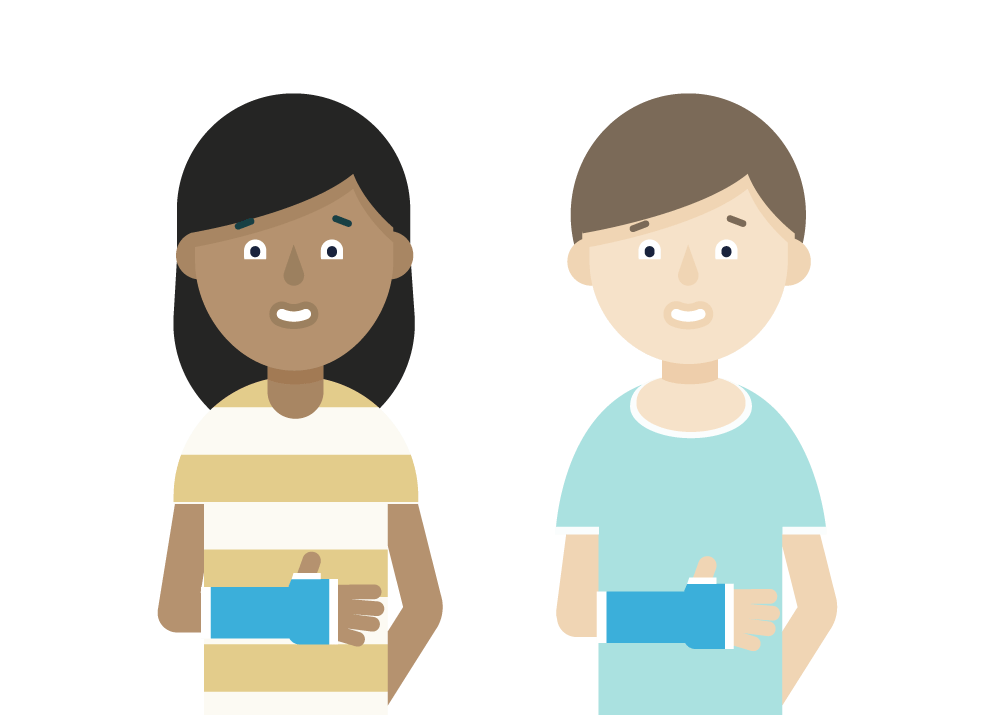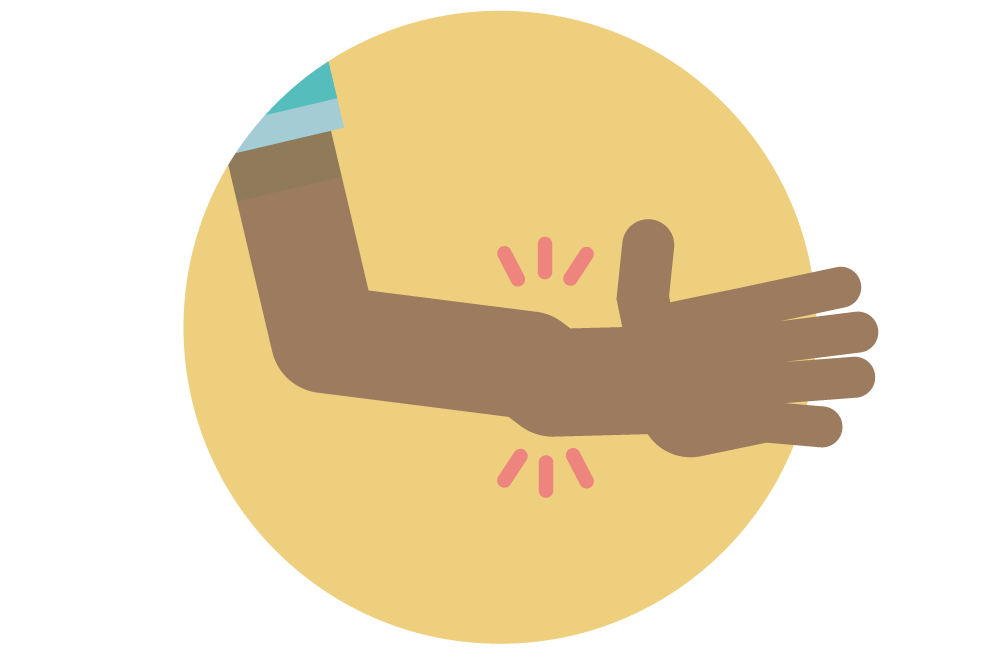
The DRIFT Study
The DRIFT Study is trying to find out the best way to treat children who have broken their wrist (a Distal radius fracture) and the bones have moved out of place
DRIFT Participant Information Animation
DRIFT Participant Information Animation
The DRIFT study is comparing two common treatments used throughout North America.
- One treatment is to put the arm in a cast for four to six weeks and let it heal.
- The other treatment is to have a procedure to put the bones back into position when sedated or asleep.
Please watch our animation to find out more about the DRIFT study.

Background
Distal radius fractures (DRFs) make up 20-25% of all pediatric fractures and are the most common fractures seen in the emergency department in children in the United States.
There are different ways to treat DRFs but doctors do not know which treatment is better. This research study is being done to compare two common treatments that are used by orthopaedic surgeons today to see which one is more effective.
Distal Radius Interventions for Fracture Treatment
Links to other pages

Taking Part
For more information on what will happen if you decide to take part, follow the link below

About the Study
Follow the link below to learn more about the DRIFT Study

Contact Us
If you have any questions or would like to speak to a member of the research team, follow the link below.